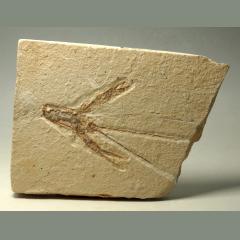Whitby Dactylioceras Ammonite Display From England
Item Description
Lower Jurassic Period- C. 200-174 Million Years Ago
Order to which the fossil belongs: Ammonitida
Name of which the family belongs: Dactylioceratidae
Informal name of the fossil: Ammonite
The shell form is evolute with many whorls visible as well as a wide and shallow umbilicus. This Dactylioceras has fine branching ribs which are closely spaced and pass over a rounded venter. They are generally small, averaging 7cm in diameter and were thought to be a slow swimmer.
Ammonites are a form of ammonoid which are distinguished by their complex suture lines. They evolved very rapidly to produce numerous species and genera, but it was during the Late Cretaceous period that the ammonites and other marine groups, like belemnites, and terrestrial groups, like dinosaurs became extinct.
The name ammonite, was inspired by the spiral shape of their fossilized shells, resembling tightly coiled rams’ horns. Many ammonoids probably lived in the open water rather than at the sea bottom, this is due to the fact that their fossils are often found in rocks that were laid down under conditions where no bottom-dwelling life is found. They are typically evolute with the inner whorls exposed, but some are commonly stout and more involute and strongly ribbed with pronounced tubercles.
A nice example of an Ammonite in a stone matrix with good definition.
Size: Ammonite: 54mm dian
Matrix: 95mm x 69mm
£45.00
No Longer Available








